Bringing fusion closer with digital twins
For years, Fusion has tantalised us like a mirage in the desert; coming ever nearer, but never quite within touching distance.
That is, until now. There are still complex physical processes and extreme conditions to overcome, but now we have a method to supercharge the development of fusion by harnessing information from within the reactor itself: the digital twin.
At its most basic level, a digital twin is a virtual replica of an object or system built using data from its physical equivalent. As well as monitoring the current status of a fusion reactor, it can predict and simulate the effects of different conditions, configurations, design changes, or other adjustments gathered over decades of fusion research.
The role of digital twins in reactor development
The digital twin can stitch together processes to help us understand how different temperatures, pressures, and magnetic field strengths affect the performance of the reactor. In the digital world, we can run experiments that would be too risky or impractical in real life.
During the design phase, the digital twin can be integrated into the physical system to detect and monitor and identify unusual behaviours and anomalies. This opens opportunities for predictive maintenance, efficient troubleshooting, and optimisation of the reactor’s operation.
Challenges and opportunities for digital twins in reactor development
While digital twins require huge amounts of source data, some experts predict that we have around 20 years to grapple with this challenge. By then however, our ways of working may have changed considerably, and we need to consider how fusion project data will be captured, managed, and developed over time.
Assystem is already on this journey, developing digital twins for energy transition projects around the world. This requires a strong collaborative effort between research institutions, industry, and governments.
A great example of this is the International Thermonuclear Experimental Reactor (ITER) project in the south of France, where Assystem is working as Architect Engineer. As the world’s largest fusion experiment, ITER has brought global experts together to design a digital twin which will aid the design, construction, and operation of its physical reactor.
Today, digital twins offer us a cost-effective virtual platform to design, optimise, and analyse the complexities of fusion engineering. Tomorrow, fusion could join other world-changing technologies in transforming from a mirage to a crystal-clear reality for the benefit of a new generation.


